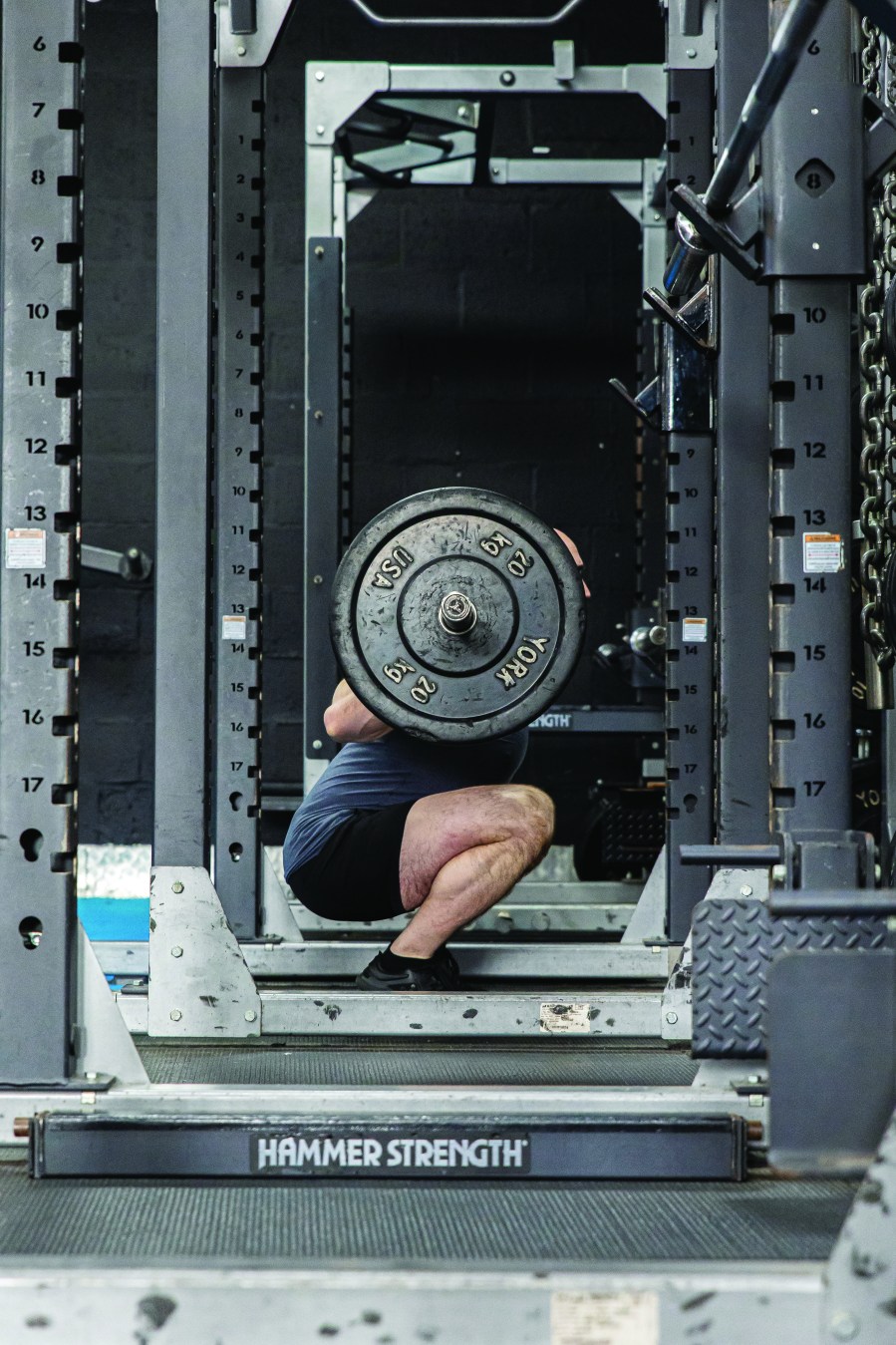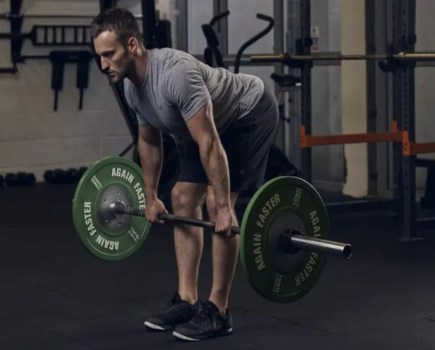In a world of ever-increasing complexity and noise, sometimes it’s the simple things that often work the best. This is what this three-lift workout is. It simply does what it says on the tin: one workout with just three movements in it. Like the best supplements, it’s simple but effective.
Why just three movements? It’s simple and efficient. With these three movements, you should be able to hit most muscle groups while getting savagely strong. And if gaining muscle is your goal then this will be equally effective for that too.
The beauty of this is that it gives you options for the rest of your week. Short on time? No problem – this session hits everything. Want to focus on your sport? No problem – this will take care of your strength to support that. Want to do some conditioning? Crack on. You have another six days to play with.
Why you can trust the workouts in Men’s Fitness
At Men’s Fitness we pride ourselves on delivering information that serves a singular purpose: to improve some aspect of your health, fitness or wellbeing. For almost 20 years, we’ve been publishing authoritative health and fitness content – written by our expert editors and contributors – in the form of the monthly Men’s Fitness magazine. Each of our workouts has been created by either a highly experienced editor or expert contributor, and has been tested and used in real-world situations. Here, personal trainer Ollie McCarthy explains why this three-lift workout trains all the major muscle groups.
How to include this workout into your training week
This could be your strength session for the week. Allowing you to add in additional workouts, sports or training modalities. It could be your only session for the week if you are very time-poor or have another sport you want to focus on. Or you could do the same session multiple times throughout the week and double down on the movements (for this I would probably alter the rep ranges for each workout.)
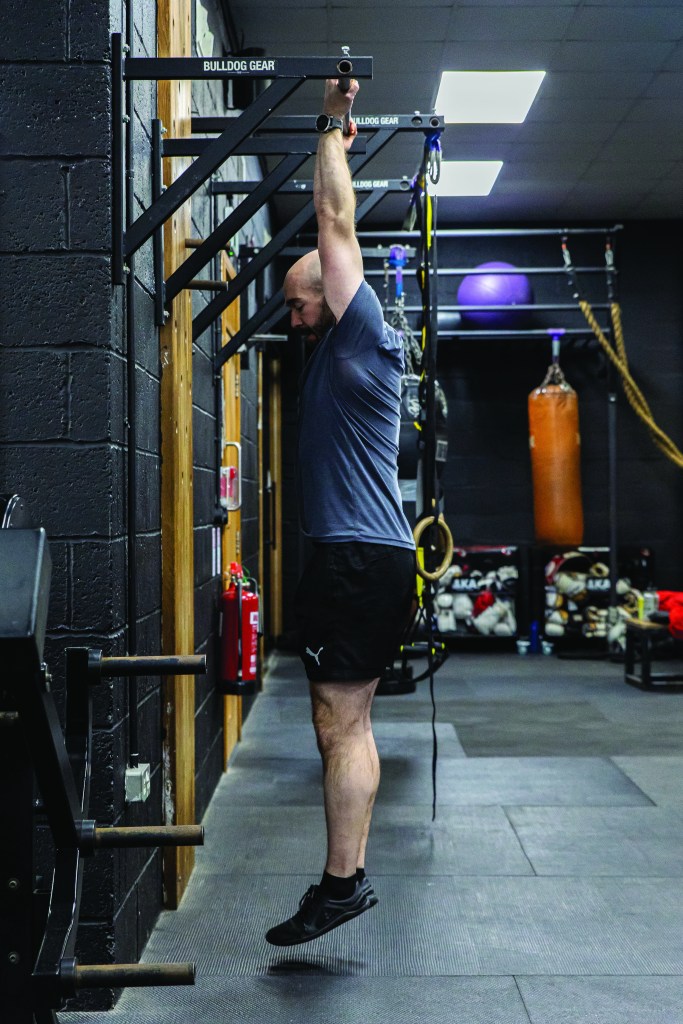
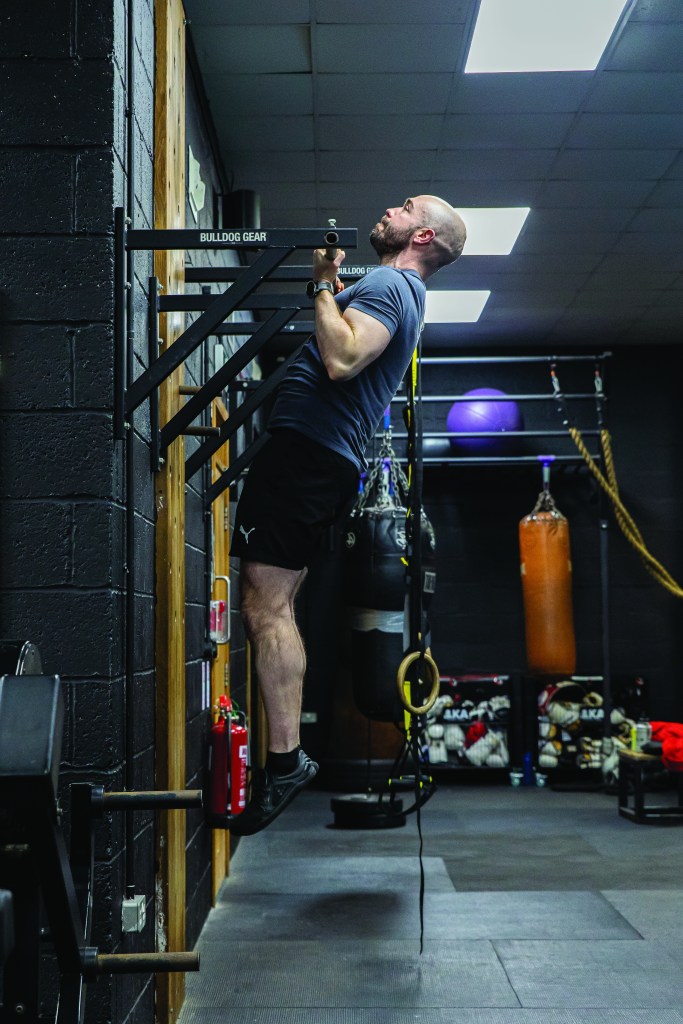
The three-lift workout
All movements are free-weight compound movements to allow maximum muscle recruitment. I outline the movements I would choose below but you can alternate if you have other preferences. Overall, I would stick to a lower body, upper push and upper pull movement.
- Squat: your choice on which variation but barbell back squat is the king of barbell exercises.
- Chin up: progress and regress this as needed. Add weight to make it harder. A band or jumping pull ups make it easier.
- Dip: does require adequate shoulder mobility so, if this is a problem, maybe swap it out in favour of another pressing movement. Add weight to make it harder. Use a band under your legs or use jumps and eccentrics to regress it.
Rep range is 5-8 reps. I use a range because it allows you to progress without the need to increase weight straight away. It also straddles the strength and hypertrophy ranges nicely allowing you to get the best of both or adapt for your needs.
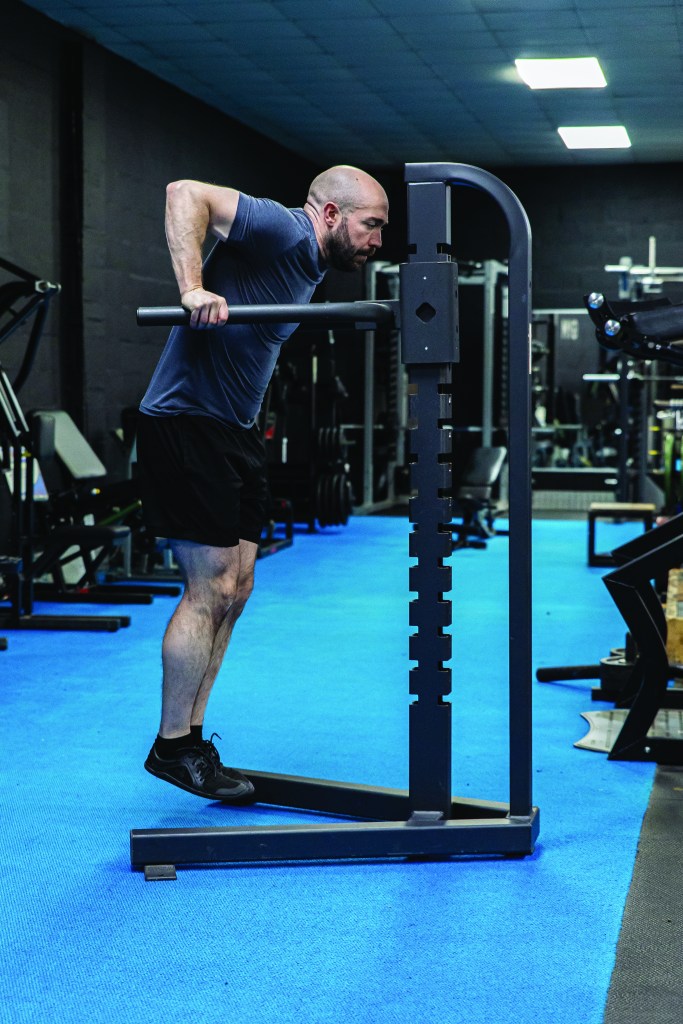
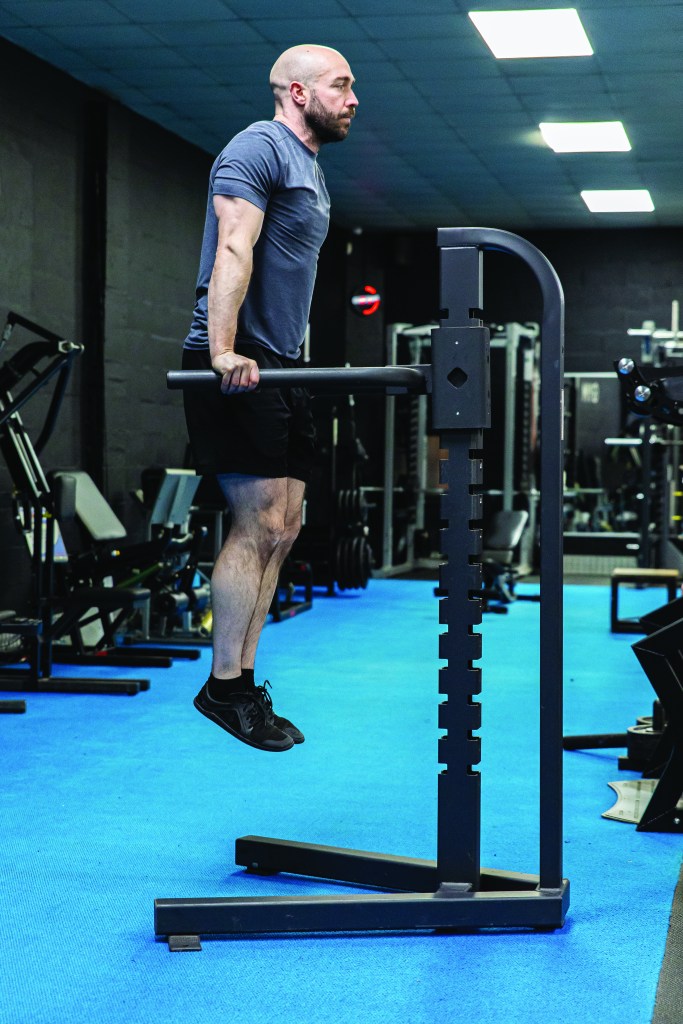
Do 3-5 sets per movement. If you are new, or haven’t trained for a while, then start at 3 sets. If you have a decent training background start at 4 or 5. Adding sets is another form of progression without needing to change the weight.
Movement quality must stay high. Control the eccentrics (lowering phase) of every movement over 3-4 seconds and keep the concentric (contracting phase) fast. You should aim to be able to complete all sets under control at the top of the rep range (all sets of 8 reps) before looking to increase the weight and return to the bottom of the rep range (back down to 5.)
Rest: stick to a strict 60 seconds between sets and 2 minutes between movements. This means, at its longest, the workout should take around 40 minutes. This makes it incredibly time-efficient.
How long to do this three-lift workout for
The longer the better. I think there are enough ways to progress within this workout to see you progressing for a minimum of six months. That may scare some people but equally you will reap the rewards. So long as there is an element of progression in each session (more reps, another set, more control, more weight) you will see continued progress for a long time.
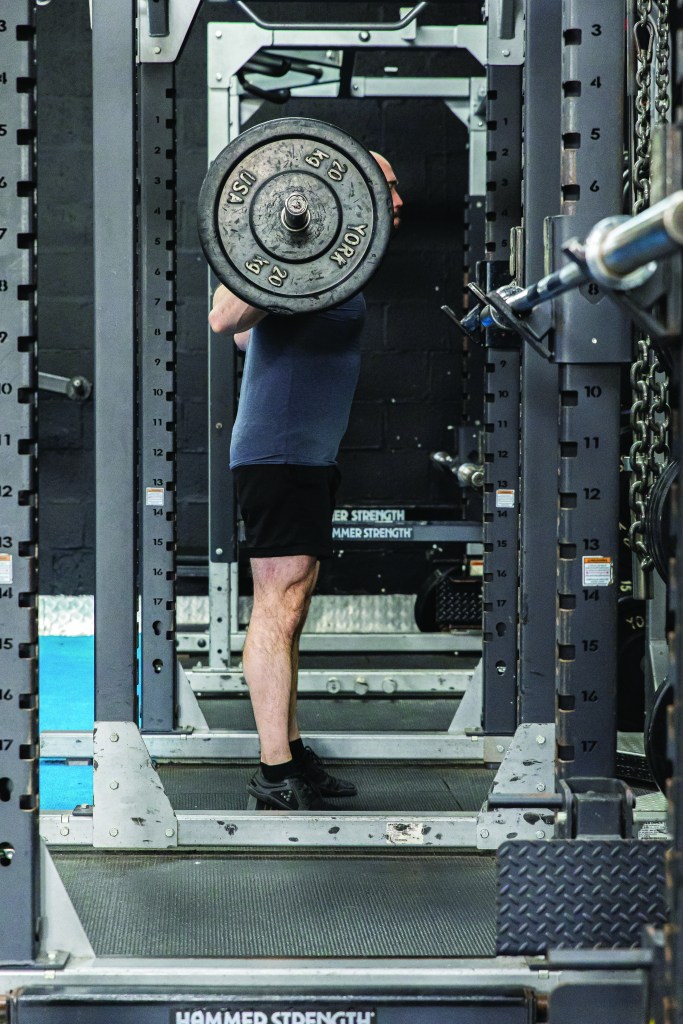
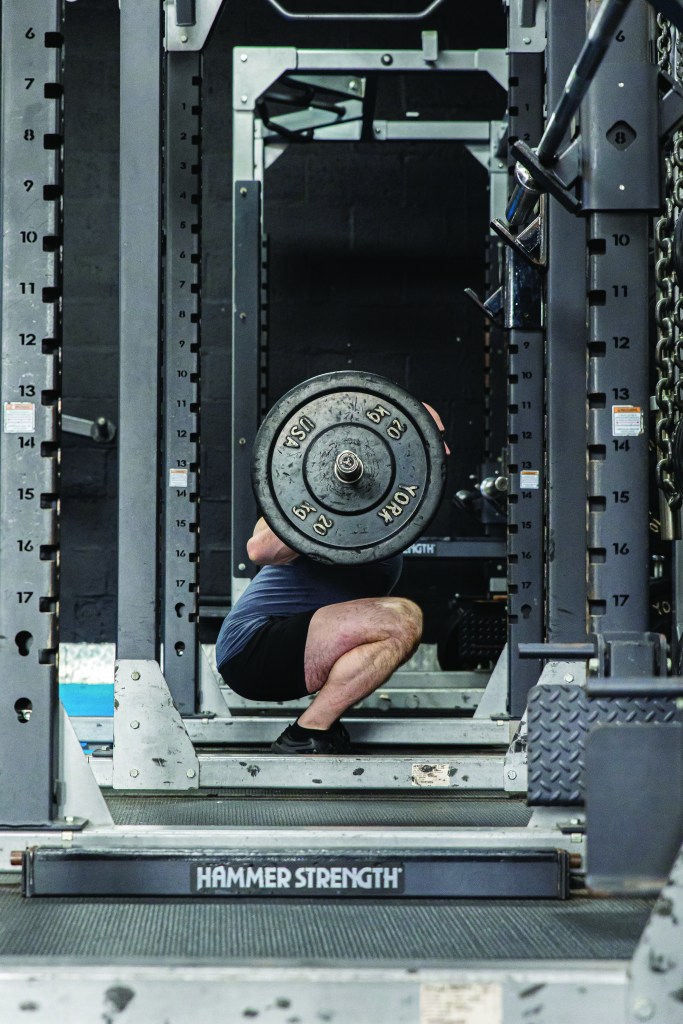
Key points
- Don’t underestimate this workout. On paper it may look “easy”. The reality is often very different
- Be strict with the rest. Use a timer and stay in the moment (rather than scrolling on your phone between sets)
- Movement quality must be kept high. Sloppy reps will not get you anywhere
- Being diligent with the above for a long time will get you epic results
Related content:

